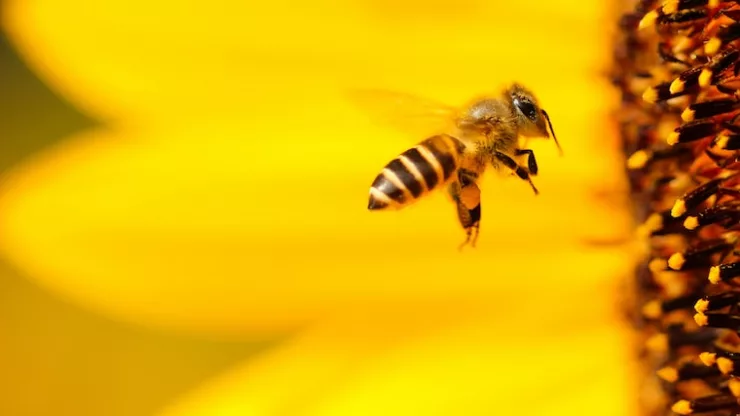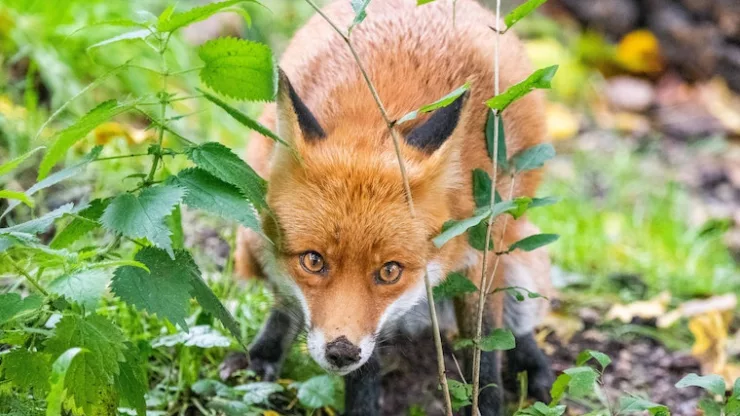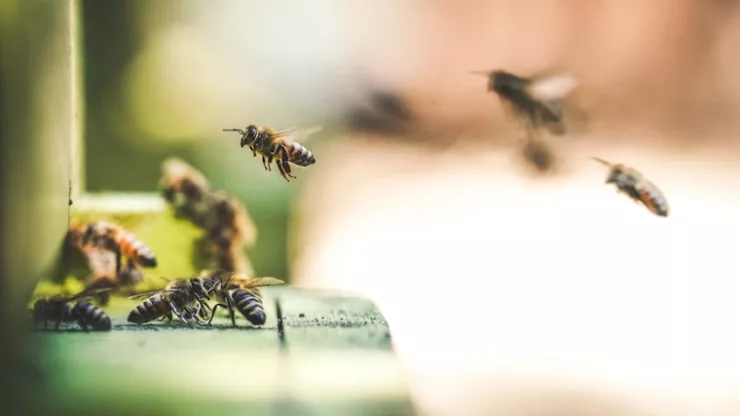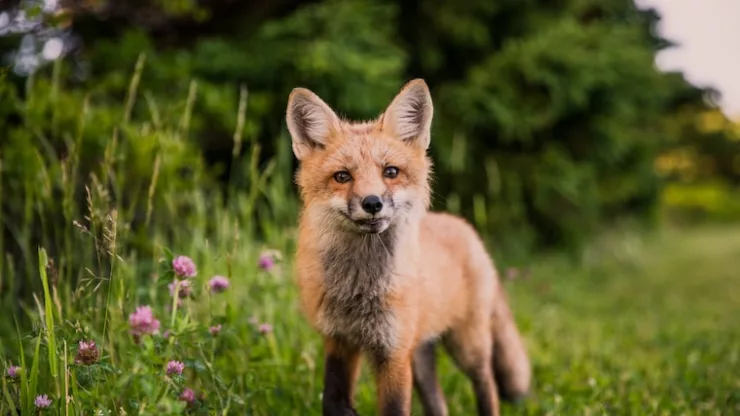Bees are an essential part of our ecosystem, playing a crucial role in pollination and honey production.
However, with the rapid urbanization of cities, bees are facing challenges in finding nectar sources.
In this article, we will explore the sweet discoveries of city bees’ favorite nectar sources and how we can support them in the urban environment.
Jump to Section
Sweet Discoveries: City Bees’ Favorite Nectar Sources!
Understanding the Importance of Bees and their Nectar Sources
Bees are known for their role in pollination, which is essential for the growth of fruits, vegetables, and other crops.
They also play a crucial part in honey production.
Bees collect nectar from flowers and use it to produce honey, which is a natural sweetener and has numerous health benefits.
The Role of City Bees in Pollination and Honey Production
City bees play a vital role in pollination and honey production in urban areas.
With the increasing demand for locally sourced honey, urban beekeeping has become a popular practice.
Urban bees have access to a diverse range of nectar sources, making their honey unique in flavor and quality.
Common Nectar Sources for City Bees
City bees have a wide variety of nectar sources available to them. Here are some of the most common nectar sources for urban honeybees:
Blooming Trees and Shrubs: The Top Nectar Sources for Urban Honeybees
Trees and shrubs that bloom in the spring and summer are the top nectar sources for urban honeybees. Some of the most popular trees and shrubs include:
- Linden trees
- Fruit trees (apple, cherry, pear, etc.)
- Japanese pagoda trees
- Privet shrubs
- Holly shrubs
Flowering Plants: A Delightful Treat for City Bees
Flowering plants are a delightful treat for city bees, providing them with a diverse range of nectar sources throughout the year.
Some of the most popular flowering plants for urban bees include:
- Lavender
- Sunflowers
- Dandelions
- Marigolds
- Zinnias
Garden Flowers: Simple Tips to Attract and Nourish Bees
Garden flowers are an excellent way to attract and nourish bees in the city. Here are some simple tips to create a bee-friendly garden:
- Plant a variety of flowers that bloom at different times of the year.
- Choose native flowers that are adapted to the local climate.
- Avoid using pesticides and herbicides, which can harm bees.
- Provide a source of water for bees to drink.
Urban Farms and Gardens: Supporting the Bee Population in the City
Urban farms and gardens are an excellent way to support the bee population in the city.
These spaces provide bees with a diverse range of nectar sources and help to create a healthy ecosystem.
Some of the most popular urban farms and gardens for bees include:
- Rooftop gardens
- Community gardens
- Urban farms
- School gardens
Challenges and Threats to City Bees’ Nectar Sources
City bees face numerous challenges in finding nectar sources in urban environments.
The use of pesticides and herbicides can harm bees, and the loss of green spaces due to urbanization can limit their access to nectar sources.
It is essential to create a bee-friendly environment in the city to support their population.
How to Create a Bee-Friendly Environment in the City
Creating a bee-friendly environment in the city is easy and can be done by anyone. Here are some simple steps to follow:
- Plant a variety of flowers that bloom at different times of the year.
- Choose native flowers that are adapted to the local climate.
- Avoid using pesticides and herbicides, which can harm bees.
- Provide a source of water for bees to drink.
- Support local beekeepers and buy locally sourced honey.
Conclusion: The Sweet Rewards of Supporting City Bees’ Nectar Sources
Supporting city bees’ nectar sources is essential for the health of our ecosystem and the production of local honey.
By creating a bee-friendly environment in the city, we can help to support their population and ensure a sustainable future for our planet.
FAQ
What are the benefits of honey produced by city bees?
Honey produced by city bees has a unique flavor and quality due to the diverse range of nectar sources available to them.
It is also a natural sweetener with numerous health benefits, including anti-inflammatory and antioxidant properties.
How can I attract bees to my garden?
You can attract bees to your garden by planting a variety of flowers that bloom at different times of the year.
Choose native flowers that are adapted to the local climate, and avoid using pesticides and herbicides, which can harm bees.
Providing a source of water for bees to drink can also help to attract them to your garden.
How can I support local beekeepers?
You can support local beekeepers by buying locally sourced honey. This helps to support their business and ensures that you are getting high-quality honey produced by city bees.
You can also educate others about the importance of bees and their role in our ecosystem.
I’m a nature enthusiast and creator of Metro Wilds and have spent years exploring the great outdoors.
With a passion for environmental conservation and sustainability, I have dedicated my career to writing about the beauty and wonders of nature, as well as the threats facing our planet.
Contact me at [email protected] for assistance.





